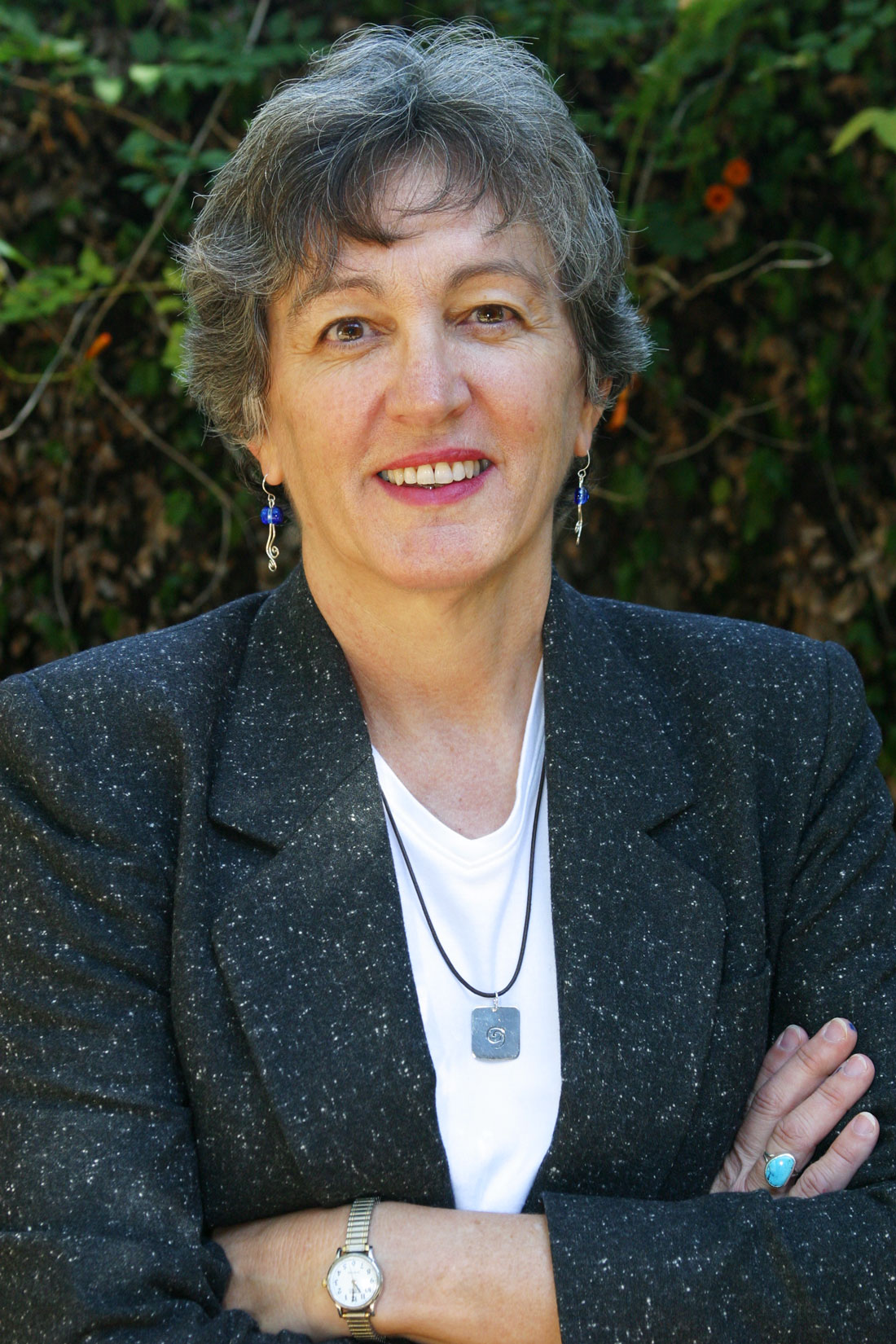A vibrant city like Fort Worth deserves an intelligent, informative magazine, but Fort Worth, Texas, surely isn’t it. To the east, D magazine, while admittedly gossipy, offers readers interesting, in-depth stories and useful information about restaurants, services, and desirable neighborhoods. Down in Austin, Texas Monthly combines serious journalism with witty writing, well-informed criticism, and thoughtful entertainment listings.
Fort Worth, Texas, on the other hand, churns out what essentially is a pretty package of advertisements disguised as a real magazine. In last month’s issue, in the “Best of ’05” feature, it’s hard to distinguish which pages are ads and which are “news” articles.
On pages 54-62, you’ll find full-page photos of well-dressed financial planners, including information on “why you should choose” the person or firm. The only indication this is an advertising section comes in a tiny line on page 53 that reads, “Special Advertising Section.” The layouts and fonts mirror those of the editorial content.
A bylined story on ways women can change their physical appearance, including plastic surgery, is followed by six pages of cosmetic surgeon advertisements. Coincidence? I think not.
Flip to page 47, which carries a photo of three handsome men – grandfather, father, and son – and two dogs sitting next to a shiny, red car. Ad copy or story? No way to tell. The text carries a byline, but reads like ad copy, bragging that the Lone Star Bavarian auto repair shop has “not only one, but two BMW master technicians” and that “the clientele at this well-kept, stylish shop is more than 50 percent female.” If one of my journalism students at the University of North Texas turned in such slanted promotional drivel, she’d be lucky to get a D-minus.
I left two phone messages for Fort Worth, Texas editor Alexis Wilson and one message for senior account executive Gina Burns on the advertising side before I finally got a call back from publisher Hal A. Brown. In a phone message, he read the magazine’s policy: “We begin each advertising section with an introduction page that is clearly titled Special Advertising Section.” Hmm … I don’t think that covers the problem.
True to policy, the financial planning section carried the advertising labels, and the table of contents stated, “Some area practitioners tell you more about themselves and how working with them will contribute to peace of mind for your financial future.” Brown said the financial planners bought space in the magazine. While the table of contents also mentioned that the plastic surgeon section was an advertising section, the introductory page to that section carried no such label.
The magazine’s advertorials recently drew criticism from a Dallas competitor. On D magazine’s popular blog, www.frontburner.dmagazine.com, D’s managing editor, Jennifer Chininis, accused Fort Worth, Texas of blurring the line between advertising and editorial content, an ethical no-no in journalism.
“So I’m looking through the latest issue of Fort Worth, Texas magazine. In it there is an ‘article’ about the best places to eat breakfast. … Anyway, two of their picks are La Madeleine and Cracker Barrel. Um, really? Oh, and a third pick, Celebrity Cafe & Bakery, bought an ad – on the page directly preceding its mention in the ‘editorial.'”
The American Society of Magazine Editors, the professional organization guiding magazine journalists, mandates that magazines should not sell or place ads “immediately before or after editorial pages that discuss, show or promote the advertised products,” according to the ASME web site.
Now, let’s not kid ourselves here. I grew up reading so-called women’s magazines that blatantly endorsed certain brands of cosmetics on one page of “editorial comment” followed by full-page advertisements for the same cosmetics. Running ads disguised as “unbiased” articles at best is manipulative and at worst flat-out wrong.
Separation between advertising and editorial is one of the primary rules of journalism. Unfortunately, some shoddy journalism outlets care only about making a buck and figure a blurry line is the way to do it.
Tracy Everbach is a journalism professor at the University of North Texas. She can be reached at TracyEverbach@hotmail.com.











